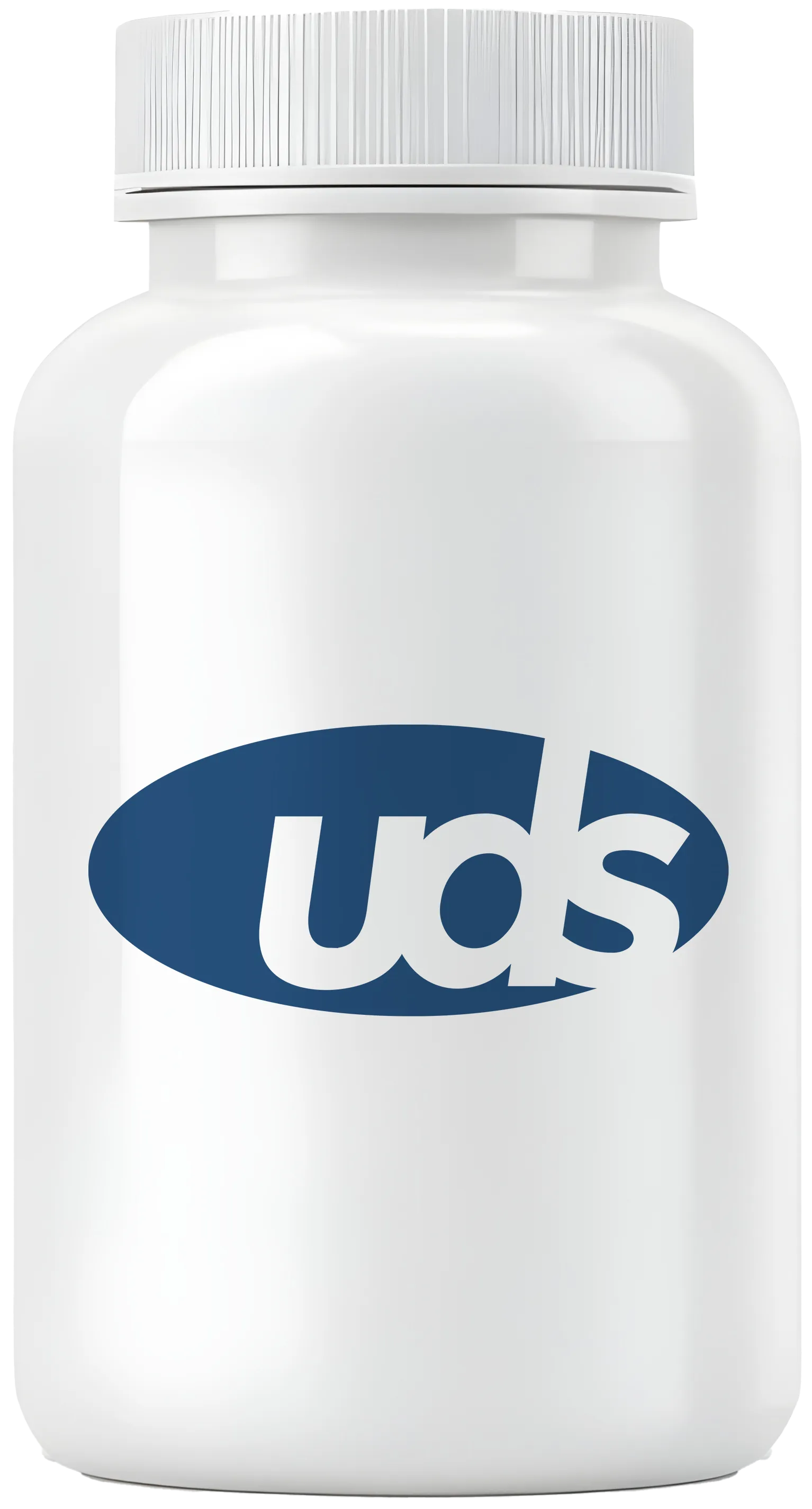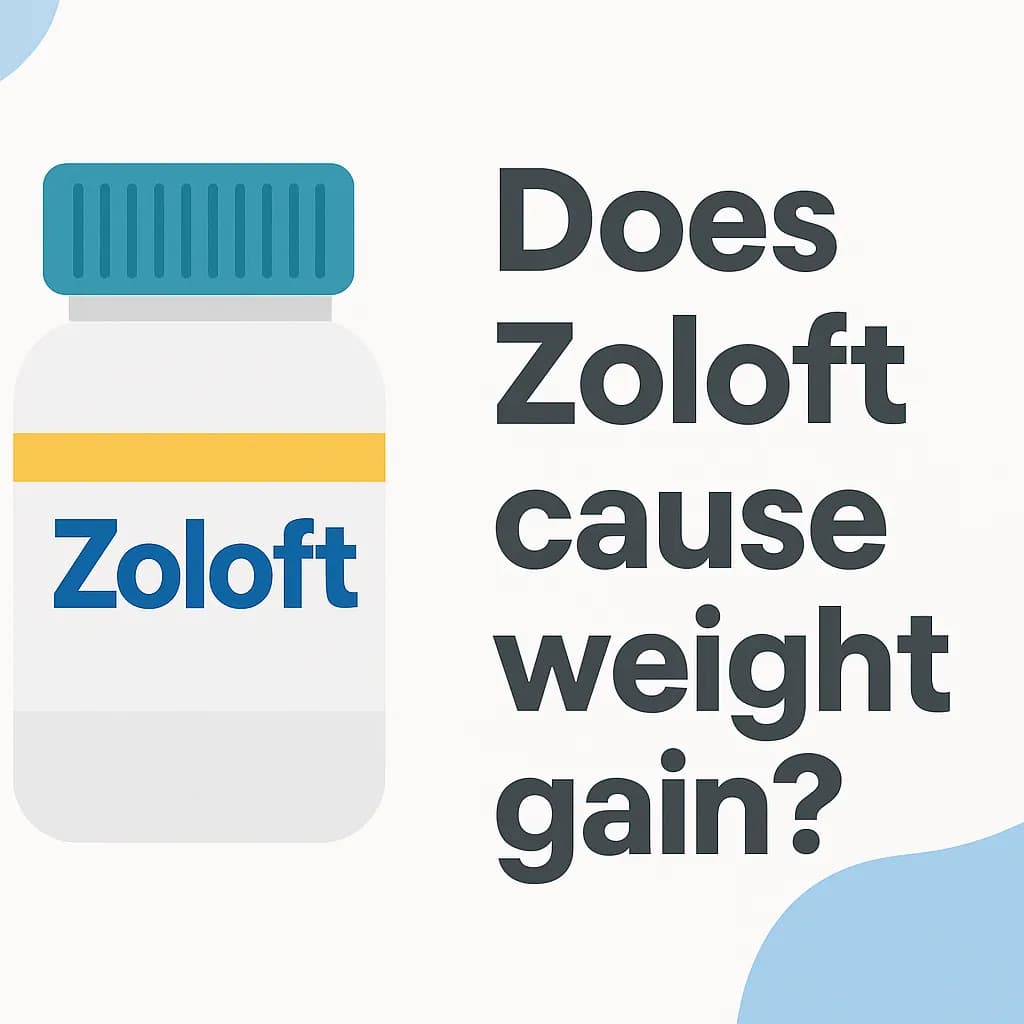Is 100mg of zoloft a high dose?

Zoloft (sertraline) is a commonly used antidepressant in the selective serotonin reuptake inhibitor (SSRI) class. It increases serotonin levels in the brain to treat depression and various anxiety disorders. Your healthcare provider will determine the right dose for you based on your condition and response.
Available Dosage Forms
Zoloft comes in three oral forms, taken once daily with or without food:
- Tablets
- Capsules (approved only for depression)
- Oral solution (must be mixed with 4 oz of water, lemon/lime soda, ginger ale, orange juice, or lemonade)
Recommended Adult Doses by Condition
Major Depressive Disorder (MDD)
- Starting dose: 50 mg once daily
- Increase in 25–50 mg weekly as needed
- Maximum dose: 200 mg per day
Obsessive‑Compulsive Disorder (OCD)
- Starting dose: 50 mg once daily
- Increase in 25–50 mg weekly as needed
- Maximum dose: 200 mg per day
Anxiety Disorders (SAD, Panic Disorder, PTSD)
- Starting dose: 25 mg once daily
- Increase in 25–50 mg weekly as needed
- Maximum dose: 200 mg per day
Premenstrual Dysphoric Disorder (PMDD)
You may use one of two regimens:
- Continuous dosing: start at 50 mg daily, increase by 50 mg each cycle as needed, up to 150 mg daily
- Intermittent dosing: 50 mg daily for the 14 days before menses, stop at onset; if needed, up to 100 mg daily
Shop Medications
Is 100 mg a High Dose?
A dose of 100 mg is within the standard dosing range for most Zoloft‑approved conditions but is considered above the starting dose for depression and OCD (50 mg) and double the starting dose for anxiety disorders (25 mg). It is not above the maximum recommended 200 mg.
Common Side Effects
- Nausea
- Diarrhea
- Insomnia
- Indigestion
- Dry mouth
- Drowsiness
Less Common and Serious Side Effects
- Irregular heartbeat
- Loss of appetite
- Vision changes
- Tremor
- Sexual dysfunction
- Serious allergic reactions (hives, swelling, breathing difficulty)
- Worsening depression or suicidal thoughts (especially in young adults)
- Serotonin syndrome (fever, confusion, muscle stiffness)
- Increased bleeding risk (with anticoagulants or NSAIDs)
- Glaucoma worsening
- Abnormal heart rhythms
- Low sodium levels (confusion, headache, weakness)
Precautions
Do not take Zoloft with MAOIs or pimozide. Inform your provider if you have:
- Bipolar disorder
- Blood pressure or bleeding disorders
- Diabetes
- Glaucoma
- Seizure history
- Liver disease
- Electrolyte imbalances
Withdrawal Symptoms
Stopping Zoloft abruptly can cause discontinuation syndrome:
- Nausea
- Sweating
- Mood changes
- Headache
- Insomnia
- Tremors
- Anxiety
- Dizziness
- Seizures (rare)
Tapering under medical supervision is recommended.
Sources
- Zoloft (sertraline hydrochloride) tablets and oral solution prescribing information. Last updated 1/2023. Accessed Mar 29, 2025.








